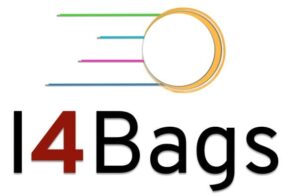BatCAT is the project that realizes the manufacturability programme from the BATTERY 2030+ Roadmap, creating a digital twin for battery manufacturing that integrates data-driven and physics-based methods. It develops a cross-chemistry data space for two technologies, (1) Li-ion and Na-ion coin cells and (2) redox flow batteries, addressing a triple challenge in digital manufacturing: (i) Design, (ii) operation, and (iii) trust.
(i) By improved product and process design and optimization, product quality and process efficiency increase. This requires decision support that makes complex decision problems accessible to human decision makers. The digital twin technology from BatCAT provides an interpretable industrial decision support system (IIDSS) based on multicriteria optimization. Surrogate modelling connects the high-level analysis firmly to ground-truth data.
(ii) Process operation and control is improved by acquiring and analysing sensory and operando data at real time, facilitating live interventions within an Industry 5.0 real-time environment. BatCAT follows a rigorous approach to actionable modelling, combining data-driven methods with deductive reasoning based on ontologies and formal methods (answer set programming and BPMN-based model checking) to guarantee a reliable behaviour.
(iii) The approach from BatCAT produces trustworthy models: Machine learning always retains a clearly characterized connection to the ground truth, and any decision support or decision making from inductive reasoning is safeguarded by constraints through formal deductive reasoning. All our models and methods are explainable, and all our data are FAIR and explainable-AI-ready (XAIR).
The digital twin is validated in pilot production lines for (1) coin cells and (2) redox flow batteries, proving its transferability across chemistries. The project is closely connected to the Advanced Materials 2030 Initiative, BIG-MAP and BATTERY 2030+, BEPA, DigiPass CSA, EOSC, EMMC, and the Knowledge Graph Alliance, ensuring a community and industry uptake of the results.
Duration
Start: 01.01.2024
End: 30.06.2027














